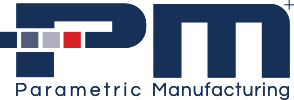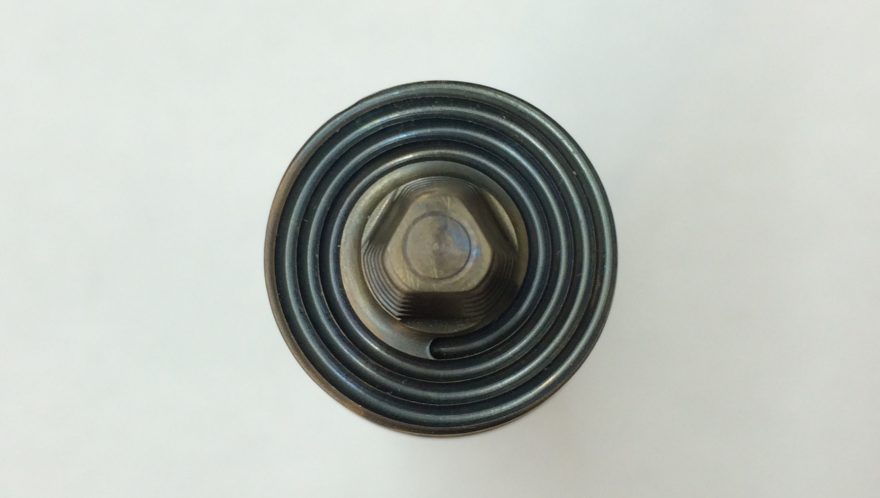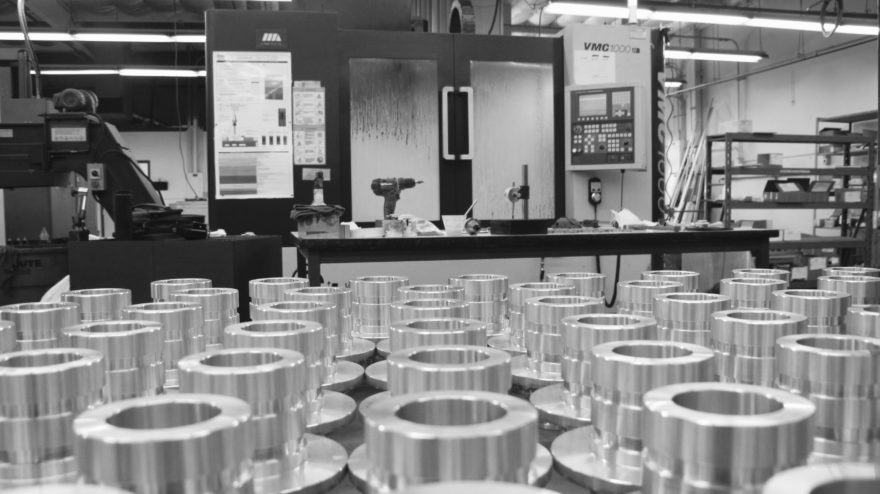It’s a tragic fact, rarely are we taught the fundamental purpose of our roles and goals in business, but we all share a single purpose regardless of the kind of work we actually do.
“Our purpose is to not just achieve our goals, our purpose is to also figure out how to do it cheap and easy.”
Luckily, I caught on about 4 years into my engineering career and when I finally started solving problems that were cheap and easy to make, I quickly learned I could save my employer’s more than I was paid.
Back then it was the late 90’s and the fancy acronym wasn’t really on anyone’s radar or talked about. DFM (Design For Manufacturability) is loosely thrown around these days to sound important, yet very few unfold its golden wrapping paper.
I learned that if I found ways to save 5 minutes of run-time with my designs, in high enough volume it could be significant savings. For example, 5 minutes per part, for 1200 parts, at $75/hour, yields $7,500 of savings.
Here at Parametric, I only wish one of my machinists would come to me and say, “Hey man, I decided to make this custom fixture, we are going to save 5 minutes of run-time per part, so that’s $7,500 on this order!”
Booya…I love you employee. Do you want more money? Time off? Let’s figure out a way to make it work. Whatever it takes, let’s do it so you continue raising my bottom line.
Employers want employees that create value while solving their problems and achieving their goals. We do that by figuring out a way to do it cheap and easy.
***
I’ve been a licensed professional mechanical engineer since 1998 and I never had anyone teach me how to engineer parts that are cheap and easy to make. It has and continues to be a, “Learn as you go” process. Sure, I had a couple of mentors teach me some basics, but the people who actually make the parts have taught me everything.
I remember the first time Jon Drury (CEO of Parametric Manufacturing) and I started working together back in 1999. I was a hot-shot, young ME at JDSUniphase who just started using Solidworks 98.
My mind was blown. I went from the painful insanity of 2D/3Dish trim and extend lines to full-blown 3D parametric bliss. I literally became an 8-year-old kid running around in ecstatic joy designing whatever I could imagine and I was designing cool stuff for lasers!
I discovered how to be a self-proclaimed designer guru, demanding extreme tolerances because now I was working with lasers; I’m supposed to have tight tolerances. Unfortunately, this was the elusive obvious, evil root-cause of so many redesigns.
When I sent Jon my first Solidworks design for a quote, what I got in return was, “Hey Ryan, this is Jon at Machine Mastery…So, I’m looking at this starship-enterprise-thinga-ma-jiggy? Ho Ho, ha ha…There’s some cool features, but they’re impossible to machine buddy…”
I was a legend in my own mind.
From that point forward, the real education process started and it wasn’t all rainbows and unicorns.
I lived up to many of the engineering stereotypes (close-minded, I had to be right all the time, couldn’t handle criticism without becoming emotional and abrasive). It took another 5 years of courage, self-help, and commitment to remedy those ailments and I believe these internal, personal battles are why so many of us resist DFM.
You see, if we change our minds for a better result, it implies we were wrong! Let go and do whatever makes the most sense regardless of where the idea came from. On top of becoming a more enjoyable person to work with, the rewards can be substantial.
You can dominate in the workplace by improving your employer’s bottom line, and if you are vocal about it (in a cool way), you might just double your salary.
Because the sweet reward for learning DFM and then revising my designs came when I created visibility of what I learned and the $$$$$ saved. From there, I negotiated privileges for my new found value. These were the early years of 2000-2004. Nobody worked from home then. I did. Leave on a Wednesday to snowboard in Tahoe? Yump. 5 days to race motorcycles in Utah? No problem.
Employers want employees that create value while solving problems by raising their bottom line.
***
It’s actually not that hard to do. You don’t have to go to school or take a class. Send a design out for a quote and ask the vendor to offer design suggestions for price reduction and faster delivery. Better yet, visit them and have a face to face so you can practice communication skills and truly learn how stuff is made.
Start a spreadsheet to track every quote. As much as it may pain you, let-go and implement the suggestions, most likely they will lead to other ideas that will further save cost and time. Do this early in development when its easier to make changes.
Ask the vendor to quote it again, track the cost differences and oh-boy, you have just measured and documented yourself creating added value with dollar signs attached to it.
“Cheap and Easy” also yields improved assembly and functional performance. Projects start finishing on-time more often. Last-minute design revisions start to evaporate and your status in the workplace becomes bullish.
The blessing in disguise is the new mindset of letting go, becoming a good listener, being open-minded, receiving criticism constructively, creating value, standing up for yourself and asking for what you deserve!
Whether you are a project manager, engineer or maybe the CTO of your company…Remember, we all share a single purpose regardless of the kind of work we actually do. Our purpose is to not just do our jobs, our purpose is to figure out how to do it cheap and easy.
Good Luck!



